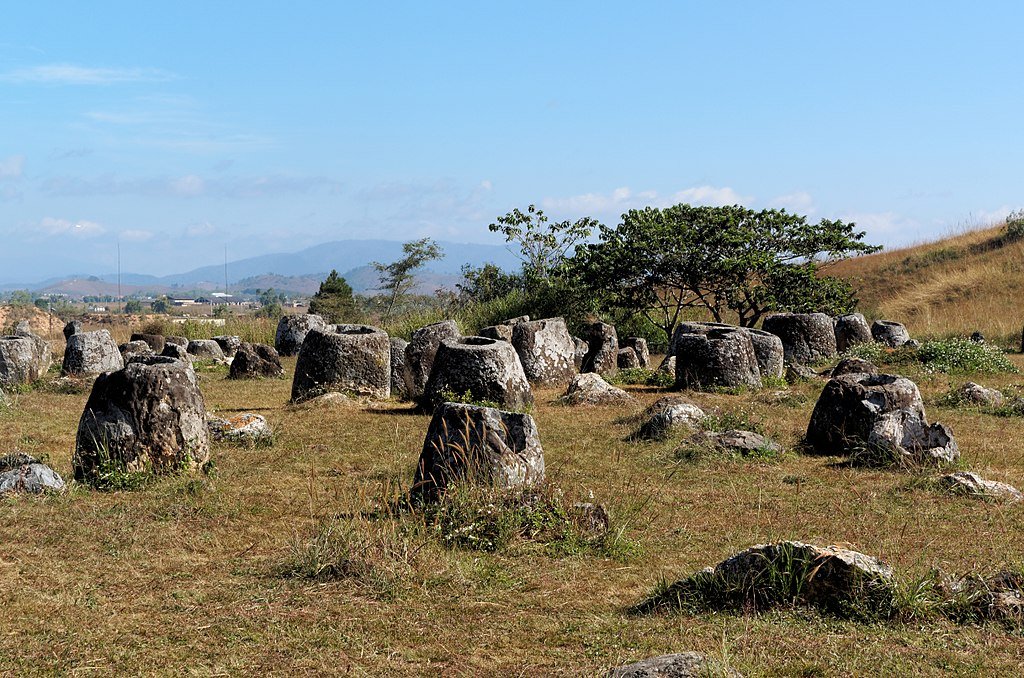Deep in the low light of an Amazon evening, a flat, leaf-like toad surfaces for air – and carries a secret on her back. Under a quilt of living skin, dozens of tiny froglets are finishing their development, waiting for the moment they will punch their way out. The species is the Surinam toad, Pipa pipa, famous for a birth so startling that it looks like a tiny fireworks display. The story has long danced at the edge of myth, with headlines about exploding mothers and alien hatchlings. The reality is even stranger, and also gentler: a remarkable partnership between parent and offspring, tuned by evolution to turn skin into a nursery.
The Hidden Clues
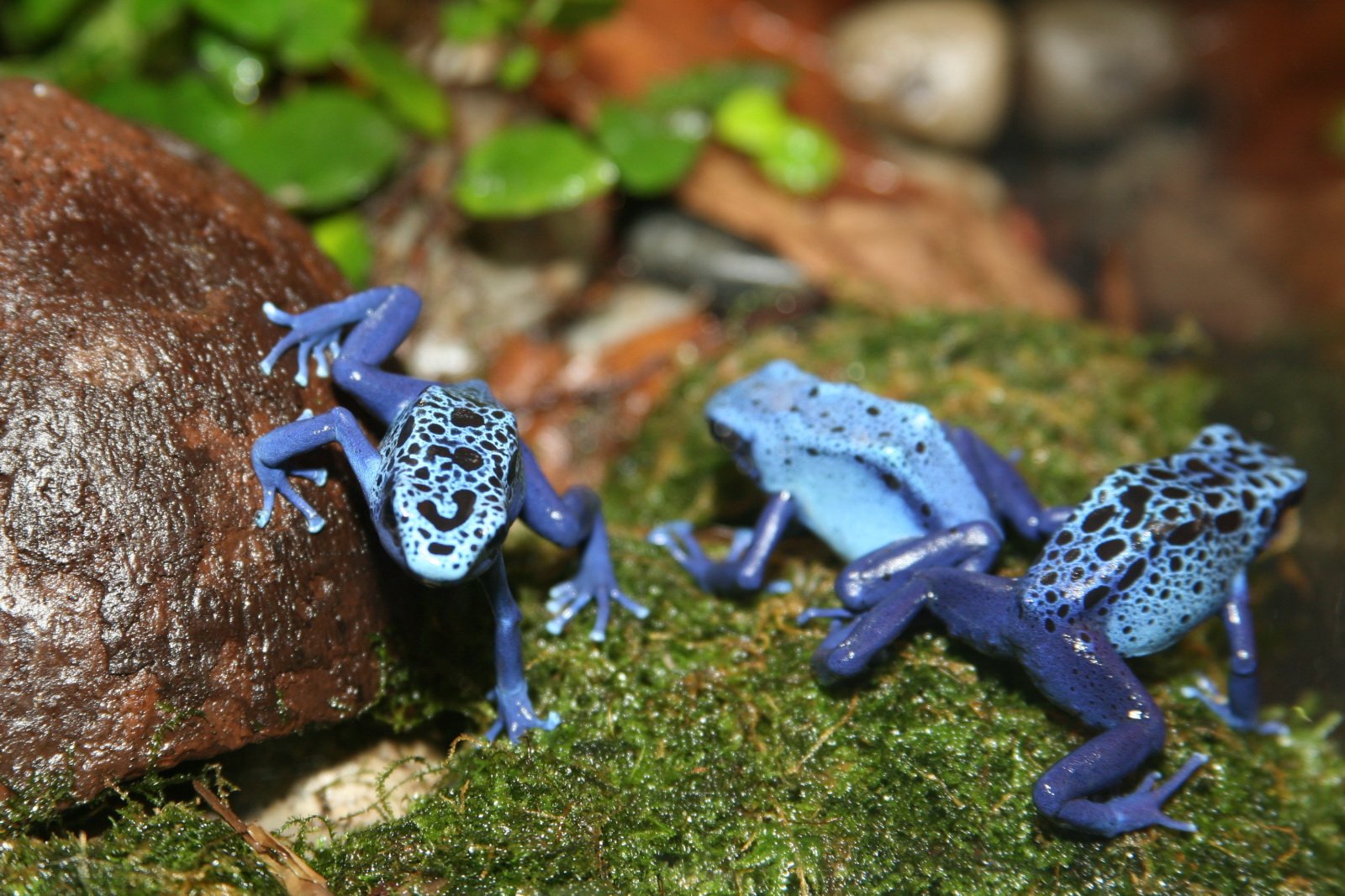
It starts with a choreography that happens underwater and without fanfare. During mating, the male presses fertilized eggs into the female’s back, a move that seems almost clumsy until the skin begins to respond. Over hours to days, her back swells into a honeycomb of soft pockets, each egg now nestled in its own chamber like a pearl in living tissue.
From above, the female still looks like a fallen leaf, a master of camouflage in dark, slow-moving streams. Beneath, biology is busy: embryos draw oxygen and nutrients through that thin, vascularized skin, completing a stage of development that most frogs do out in the open. The hidden clues are subtle – slight bulges, a change in texture – but inside the pockets, metamorphosis is underway. The calm surface conceals a countdown.
From Ancient Tools to Modern Science
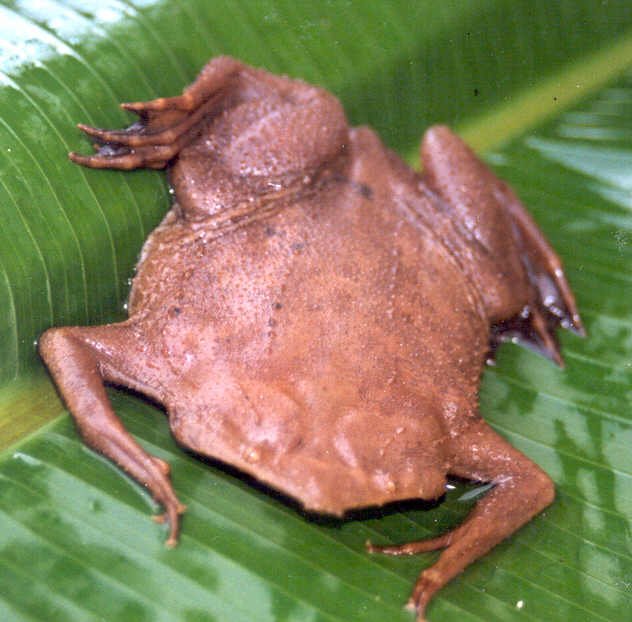
Naturalists first described Pipa pipa centuries ago with sketches and careful notes, marveling at a brood carried under skin rather than in ponds. Those early accounts were dramatic, but they couldn’t reveal what actually happens beneath the surface. Today, noninvasive tools like micro‑CT scans and high‑frequency ultrasound let researchers watch the process in exquisite detail without harming the animals.
These images show chambers that thicken and soften over time, turning into a protective scaffold around each embryo. They also highlight blood vessels that lace through the maternal skin, hinting at a selective bridge for gases and waste. Modern microscopy picks up changes in skin proteins, the kind that help the surface stretch without tearing. In effect, the female’s back becomes a flexible hatchery engineered by evolution.
The Anatomy of a Living Nursery
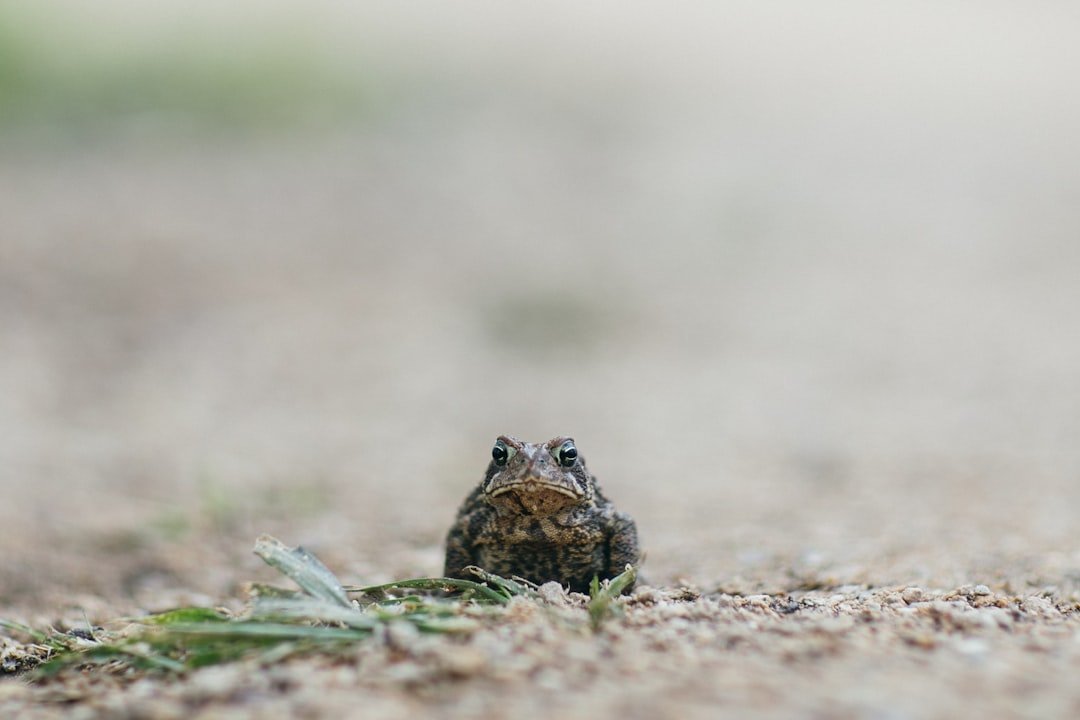
At first, the back’s surface looks like a grid pressed into wet clay. Then the walls of each cell rise, and a thin, lid‑like cap forms over the top, sealing in the developing embryo. The architecture is practical: each pocket keeps siblings from competing directly while shielding them from predators and infection.
Under the cap, the embryo grows from yolk-fed tadpole to fully formed froglet, bypassing the free-swimming phase that most frogs navigate. The skin here is not ordinary skin; it’s richly supplied with capillaries and immune factors that balance protection with tolerance. The tissue must flex as the hatchling grows and then thin just enough to give way. Think of it as a temporary room with biodegradable doors.
The Drama of Birth, Up Close
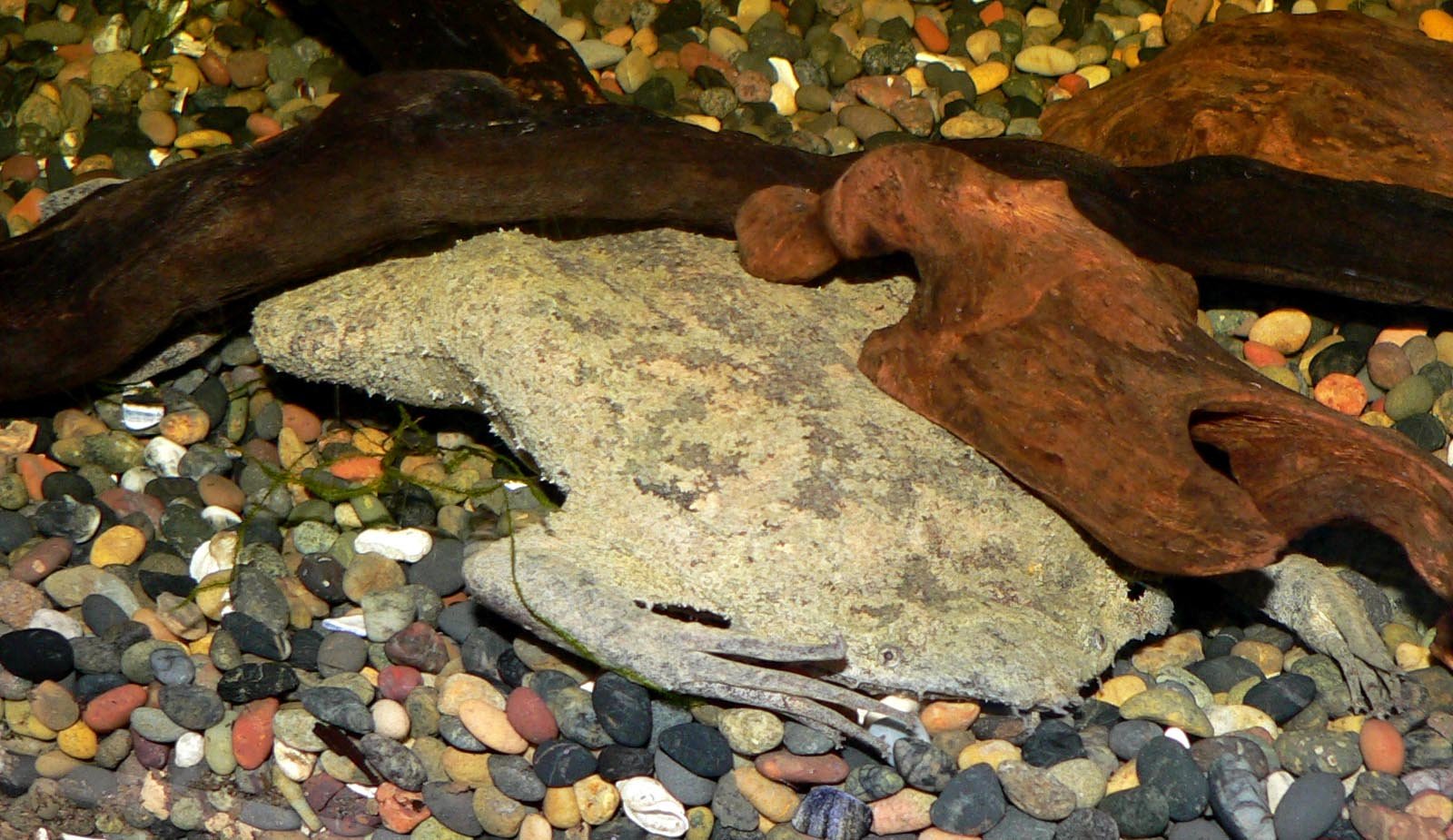
When the moment comes, the froglets don’t simply slip out; they erupt through the caps, one by one, in a staccato sequence that looks like popcorn bursting. The mother does not explode, of course, but the effect can be startling as dozens of tiny toads punch through and kick free. Each hatchling emerges fully formed, already a miniature of the adult, and swims off to begin its solitary life.
For a short while afterward, the female’s back resembles a honeycomb emptied of its honey. Within days, the skin heals, the pockets flatten, and the camouflage returns. The cycle leaves no lasting cratered scars, just faint traces that fade with time. What looks violent to us is, for Pipa pipa, as ordinary as a birth cry.
Why It Matters
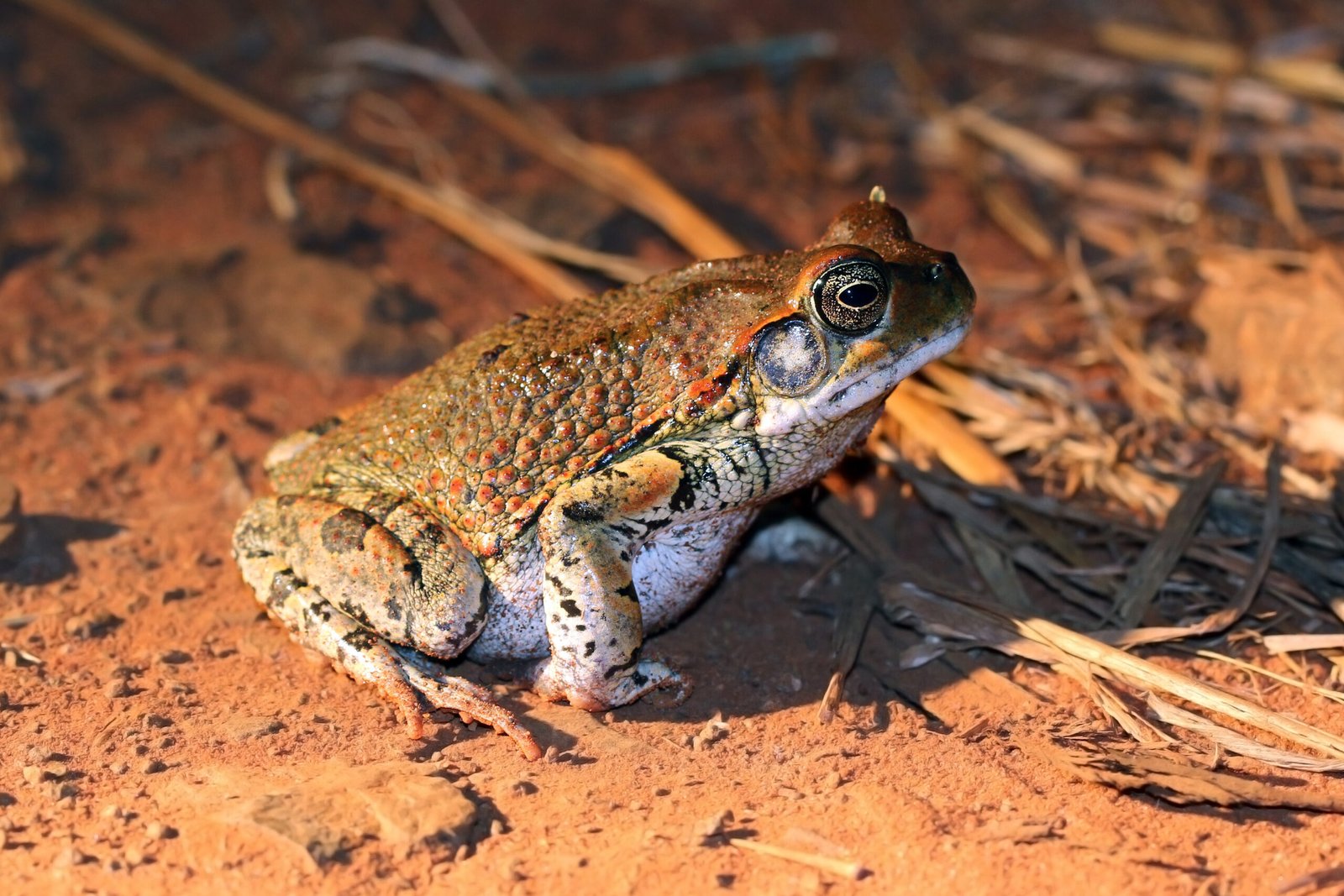
Skin brooding rewrites what many of us learned about amphibian life cycles, and it challenges assumptions about how flexible reproduction can be. Most frogs scatter eggs in water and leave the rest to chance; Surinam toads invest heavily in a smaller, protected brood. That difference raises big questions about energy budgets, immune tolerance, and developmental timing – questions that ripple into other fields from maternal-fetal medicine to biomaterials.
Compared with traditional external egg-laying, this system reduces exposure to predators and drought, but it demands a sophisticated maternal interface. Researchers study how the skin remodels without scarring and how embryos avoid triggering a full-blown immune attack. In a world where amphibians are declining, strategies that buffer young through vulnerable stages can be the difference between persistence and loss. Understanding the playbook here can inform conservation and even inspire medical innovation.
Global Perspectives
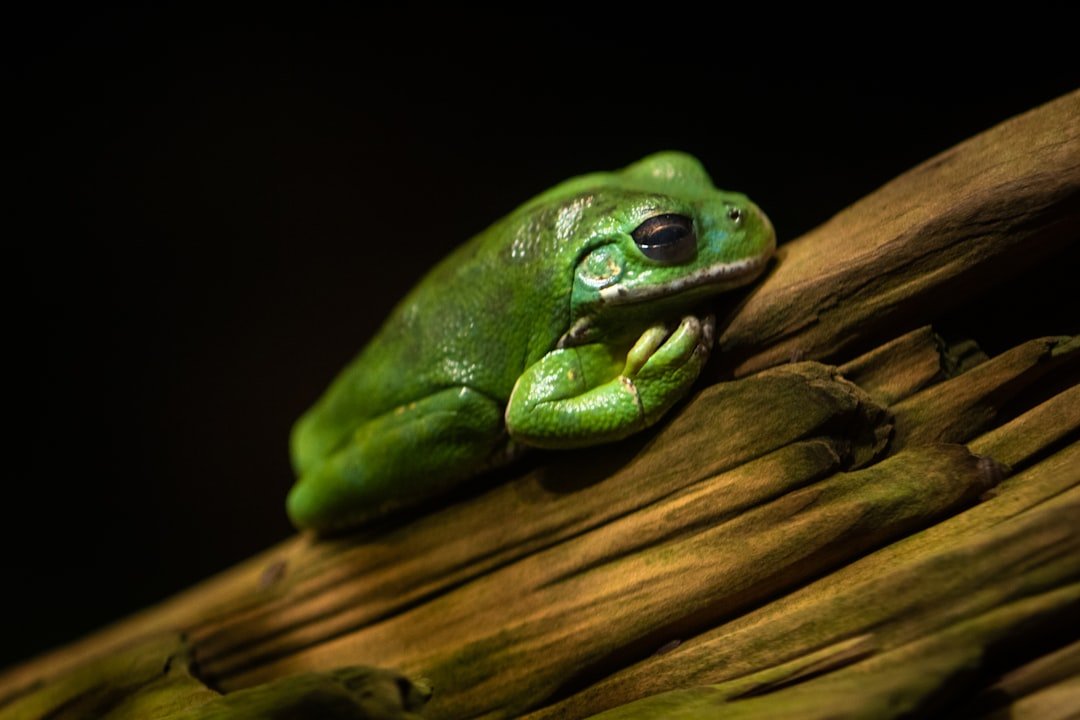
Pipa pipa is not alone in its parental ingenuity. Mouth-brooding frogs in South America carry embryos in the male’s vocal sac, midwife toads in Europe wrap strings of eggs around the male’s legs, and once in Australia, gastric-brooding frogs turned the stomach into a nursery before they disappeared. Each strategy solves the same problem in a different way: how to keep fragile young alive in a risky world.
Across the tropics, these life‑history experiments are being squeezed by habitat loss, pollution, disease, and climate instability. The Amazon and Orinoco wetlands, where Surinam toads live, are shifting under the pressure of dams, mining, and altered rainfall. Local communities often know these animals by sound and season long before scientists arrive, and their observations guide surveys to hidden backwaters. When we compare notes globally, a pattern emerges: reproductive diversity is richest where intact freshwater habitats still breathe.
The Hidden Costs and Benefits
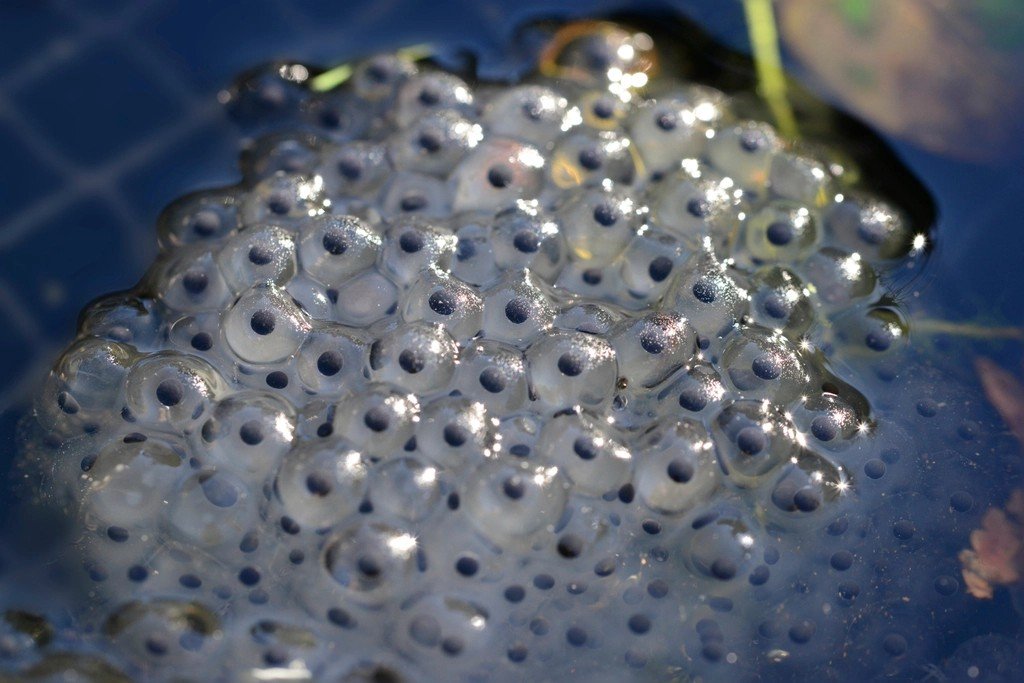
There’s a trade‑off buried in that living nursery. A female can carry only so many pockets, which means fewer offspring per clutch than species that carpet ponds with eggs. In return, survival odds for each individual jump because predators and pathogens must get through skin rather than thin jelly in open water.
The strategy also ties the timeline tightly to the mother’s body, making her health a central bottleneck. If she suffers from poor water quality or infection, the entire brood bears the cost. But when conditions are stable, the system is efficient, conservative with water, and remarkably safe. It’s a bet on quality over quantity, and in the slow flow of shaded streams, it pays.
The Future Landscape
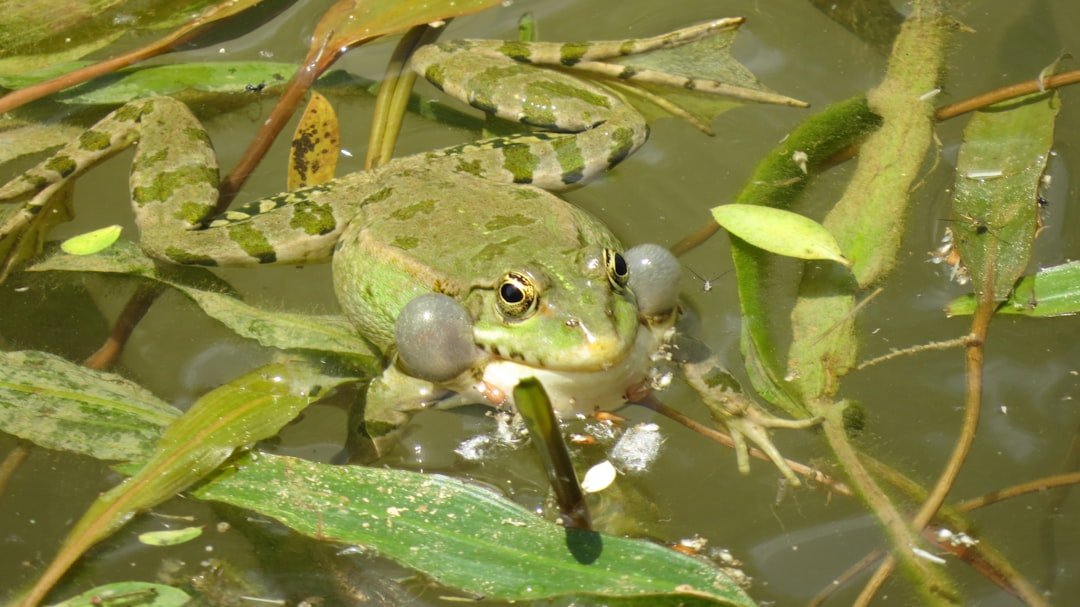
New technologies are set to unlock the next layer of this story. Environmental DNA sampling can flag Surinam toad presence from a bottle of river water, guiding researchers to populations that were missed by traditional surveys. Noninvasive imaging in the field – portable ultrasound and thermal cameras – could monitor broods without capture, a boon in sensitive habitats.
On the conservation front, improved captive‑breeding protocols paired with habitat restoration offer a hedge against local declines. Genomic studies are beginning to map the switches that let skin behave like a temporary womb, knowledge that may point to compounds for scar‑free healing. The challenges are real – disease, deforestation, and illegal trade – but targeted tools can stretch precious conservation dollars further. The future hinges on matching careful science with on‑the‑ground protection.
How Scientists Study It Now
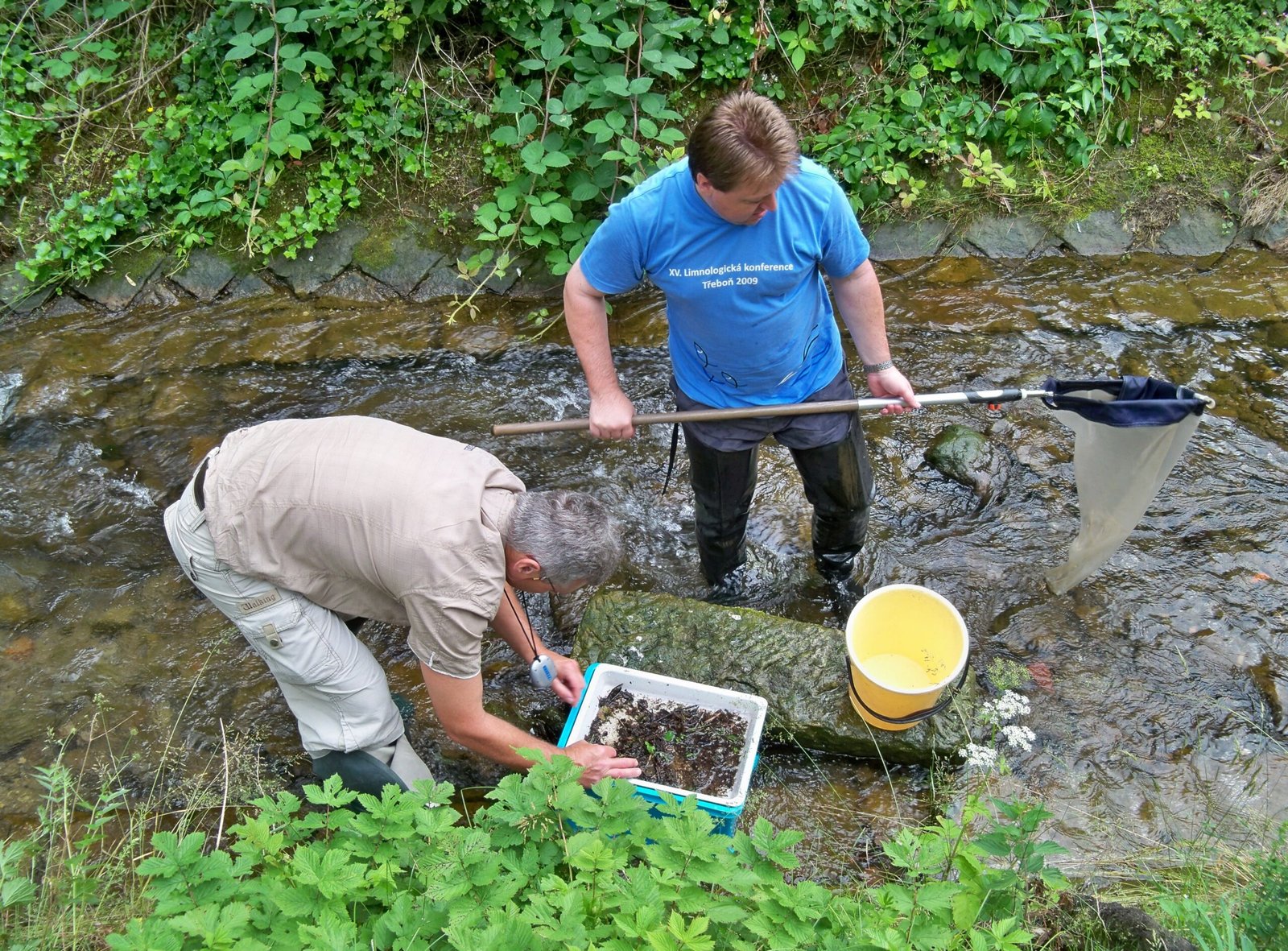
Field biologists wade into blackwater creeks at night with headlamps dimmed, listening for the flat, splashy movement that betrays a hidden toad. In the lab, they pair behavior observations with tissue analyses, tracking how genes tied to skin elasticity and immunity rise and fall through the brood cycle. Data loggers record temperature and dissolved oxygen in breeding pools to map the fine-scale conditions that predict success.
Some teams collaborate with local fishers and community scientists, building logs of sightings and seasonal changes that stretch beyond any one expedition. A small set of controlled studies in aquaria allows researchers to observe the entire arc of egg implantation to froglet emergence. The combined approach – local knowledge, field sampling, and careful lab work – builds a more complete picture than any method alone. Science here is patient, cumulative, and often muddy‑booted.
Conclusion
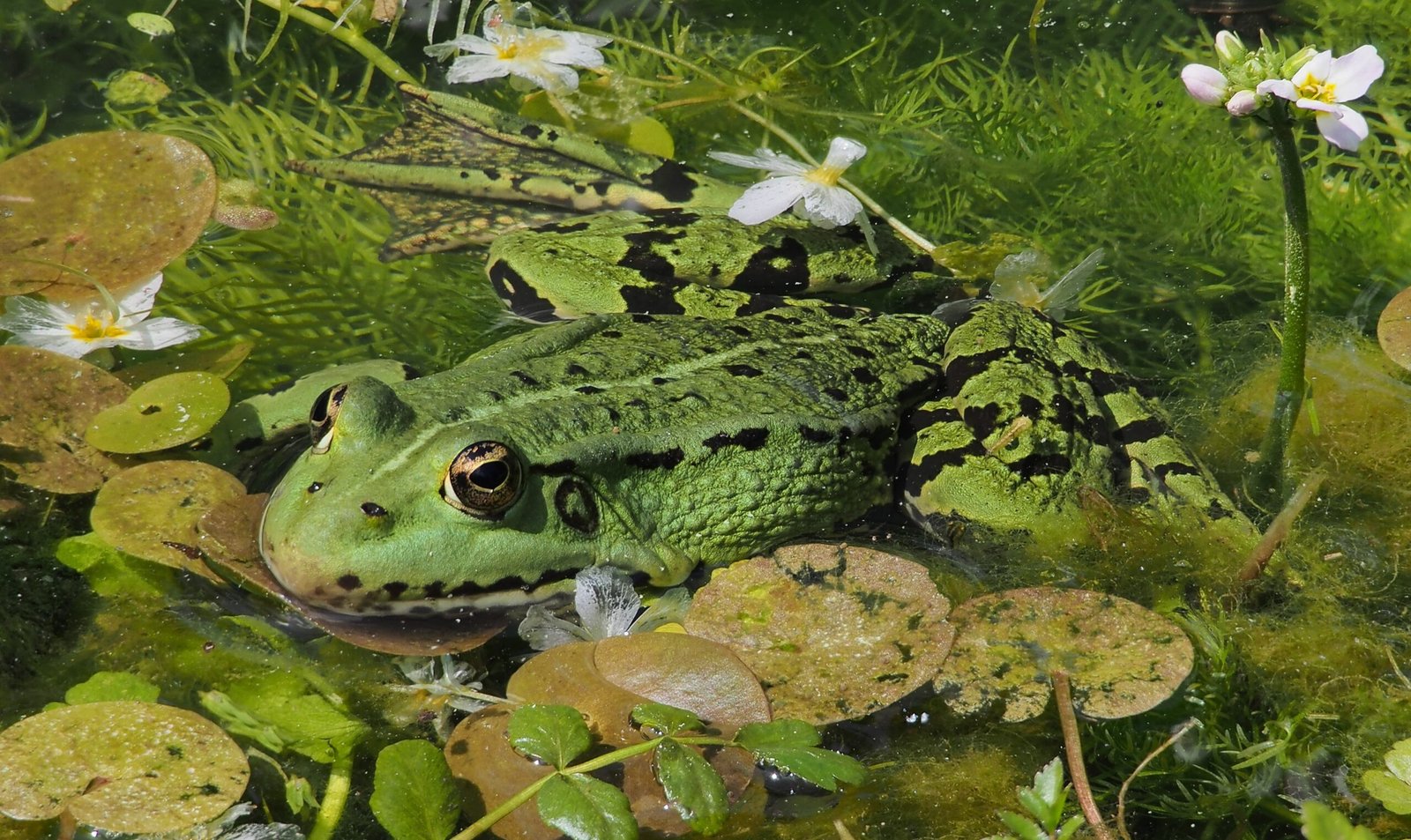
You can help keep this evolutionary marvel alive by supporting protection of lowland wetlands and the forested streams that feed them. Choose certified products that reduce pressure on tropical forests, and back organizations that secure freshwater corridors across the Amazon and Orinoco. If you live near a zoo or museum with amphibian programs, consider volunteering or attending public nights that fund conservation efforts.
Curiosity matters, too: share the real story behind the so‑called exploding toad, because accurate wonder travels farther than myth. Keep an eye out for community science projects that collect audio of amphibian calls or water samples for environmental DNA. Small actions add up in places where margins are thin and time is short. Ready to carry this story forward?

Suhail Ahmed is a passionate digital professional and nature enthusiast with over 8 years of experience in content strategy, SEO, web development, and digital operations. Alongside his freelance journey, Suhail actively contributes to nature and wildlife platforms like Discover Wildlife, where he channels his curiosity for the planet into engaging, educational storytelling.
With a strong background in managing digital ecosystems — from ecommerce stores and WordPress websites to social media and automation — Suhail merges technical precision with creative insight. His content reflects a rare balance: SEO-friendly yet deeply human, data-informed yet emotionally resonant.
Driven by a love for discovery and storytelling, Suhail believes in using digital platforms to amplify causes that matter — especially those protecting Earth’s biodiversity and inspiring sustainable living. Whether he’s managing online projects or crafting wildlife content, his goal remains the same: to inform, inspire, and leave a positive digital footprint.



